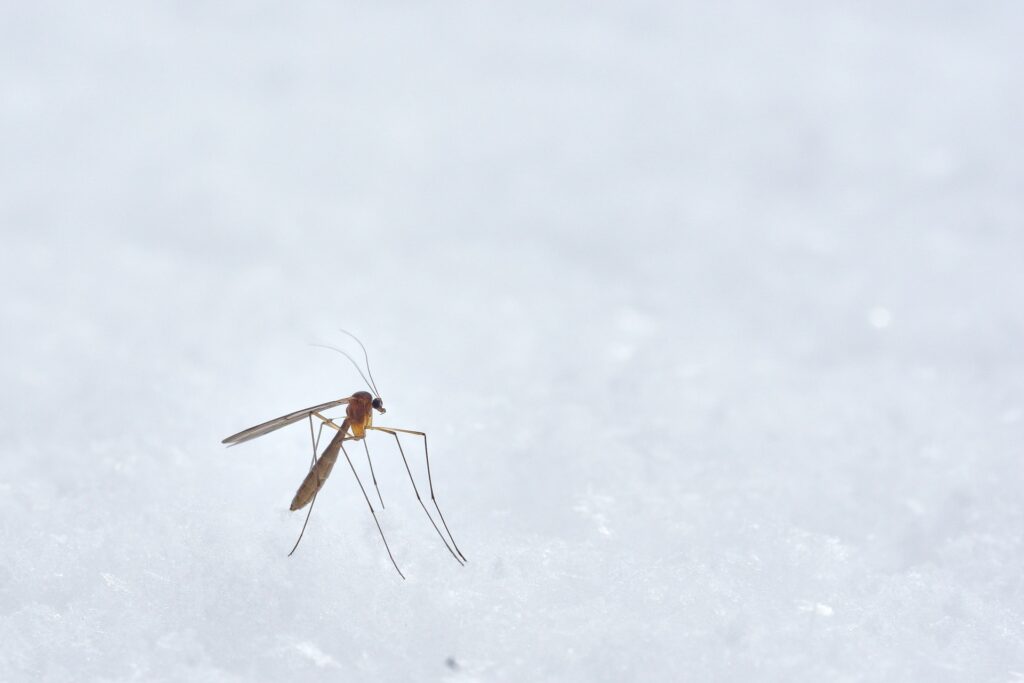High blood pressure (hypertension) is a common condition where the pressure of the blood against your artery walls is high enough that it causes health problems, such as heart disease. It is one of the most important causes of premature death and kills nearly 1.5 million people each year in the South-East Asia Region.
Most people with high blood pressure have no signs or symptoms. A few people with high blood pressure may have headaches, shortness of breath or nosebleeds, but these signs and symptoms aren’t specific and usually don’t occur until high blood pressure has reached a severe or life-threatening stage.
Even without symptoms, the damage to blood vessels and your heart can still happen and it increases your risk of serious health problems, including heart attack and stroke.
Thus it is important to get your blood pressure checked regularly.
Causes:
It can be divided into primary and secondary hypertension.
Primary (essential) hypertension:
For majority of the cases, there’s no identifiable cause of high blood pressure. We call this type of high blood pressure primary or essential hypertension and it tends to develop gradually over many years.
Secondary hypertension:
Some people have high blood pressure caused by an underlying condition. We call this type of high blood pressure “secondary hypertension” and it tends to appear suddenly and cause higher blood pressure than primary hypertension. The causes includes:
- Kidney problems
- Obstructive sleep apnea
- Hormonal disorder such as thyroid problems, adrenal gland disorder
- Certain defects in blood vessels
- Some medications, such as birth control pills, cold remedies and decongestants.
- Illegal drugs, such as cocaine.
- Alcohol abuse or chronic alcohol use
- Pregnancy related condition such as pre-eclampsia
Risk factors of having high blood pressure:
- Age. The risk of high blood pressure increases as you age. Men commonly gets high blood pressure after 45 years old and women after 60 years old.
- Family history. High blood pressure does run in the family.
- Being overweight or obese. If you are overweight, your risk of getting high blood pressure increases.
- Lack of physical activity. People who are inactive tend to have higher heart rate which causes more stress to the heart thus causing high blood pressure. Lack of physical activity also increases the risk of being overweight.
- Smoking. The chemicals in tobacco can damage the lining of your artery walls causing your arteries to narrow and increase your blood pressure. Secondhand smoke has the same effect on your blood pressure.
- Too much salt (sodium) in your diet. Too much sodium in your diet can cause your body to retain fluid, which increases blood pressure.
- Drinking too much alcohol. Over time, heavy drinking can damage your heart. Having more than two drinks a day for men and more than one drink a day for women may affect your blood pressure.
If you drink alcohol, do so within the recommended limit.
If you don’t drink, don’t start.
- Stress. High levels of stress can lead to a temporary increase in blood pressure which is the long term causes stress to the heart.
- Certain chronic conditions. Kidney disease, diabetes and sleep apnea increases your risk of high blood pressure.
Although high blood pressure is most common in adults, a small percentage of children may be at risk too. For this group of children, high blood pressure is usually caused by congenital problems with their kidneys or heart.
Uncontrolled or untreated high blood pressure can lead to:
- Stroke.
- Heart attack.
- Heart failure.
- Aneurysm. – The high blood pressure can weaken our blood vessel and causing it to swell, forming an aneurysm. If an aneurysm ruptures, it can be life-threatening.
- Kidney disease or failure. High blood pressure can damage blood vessels in the kidneys, reducing their ability to work properly.
- Vision loss. – High blood pressure thickened and narrowed blood vessels in the eyes.
Blood pressure measurements fall into four general categories:
- Normal blood pressure. Your blood pressure is normal if it’s below 120/80 mm Hg.
- Prehypertension. Prehypertension is a systolic pressure ranging from 120 to 139 mm Hg or a diastolic pressure ranging from 80 to 89 mm Hg. Prehypertension tends to get worse over time.
- Stage 1 hypertension. Stage 1 hypertension is a systolic pressure ranging from 140 to 159 mm Hg or a diastolic pressure ranging from 90 to 99 mm Hg.
- Stage 2 hypertension. More severe hypertension, stage 2 hypertension is a systolic pressure of 160 mm Hg or higher or a diastolic pressure of 100 mm Hg or higher
Management
Latest guideline suggest that in the general population, treatment should be initiated when blood pressure is 140/90 mm Hg or higher in adults younger than 60 years or 150/90 mm Hg or higher in adults 60 years and older.
In patients with diabetes, kidney disease or heart disease, treatment should be initiated when blood pressure is 140/90 mm Hg or higher, regardless of age.
Lifestyle changes is the first line treatment for high blood pressure. It can help you control and prevent high blood pressure, even if you’re on blood pressure medication. Here’s what we can do:
- Eat healthy foods. Eat a healthy diet. Try the Dietary Approaches to Stop Hypertension (DASH) diet, which emphasizes fruits, vegetables, whole grains, poultry, fish and low-fat dairy foods. Eat less saturated fat and trans-fat.
- Decrease the salt in your diet. Healthy adult should take less than 2,300 mg of salt a day. As for adult 51 of age or older, we would aim at 1500mg or lesser a day.
- Maintain a healthy weight. Keeping a healthy weight, or losing weight if you’re overweight or obese, keep your BMI (body mass index – weight divided by the square of the body height ) below 23.
- Increase physical activity. Regular physical activity can help lower your blood pressure and reduces your risk of several health problems and keep your weight under control. For most healthy adults, we recommends that you get at least 150 minutes a week of moderate aerobic activity or 75 minutes a week of vigorous aerobic activity, or a combination or moderate and vigorous activity. Aim to do muscle-strengthening exercises at least two days a week.
- Limit alcohol. If you don’t drink, don’t start. If you drink alcohol, do so within the recommended limit. That’s not more than two drinks a day for men and not more than one drink a day for women and men above 60 years old.
- Don’t smoke. Tobacco injures blood vessel walls and speeds up the process of hardening of the arteries. If you smoke, ask your doctor to help you quit.
- Manage stress and practice slow deep breathing.
- Monitor your blood pressure regularly. Adults aged 18 to 39 years with normal blood pressure (< 130/85 mm Hg) who do not have other risk factors should be rescreened every 3 to 5 years. Adults aged ≥ 40 years and persons at increased risk for high blood pressure should be screened every year.
Home blood pressure monitoring can also help you keep closer eye on your blood pressure and as a tool to monitor the effectiveness of blood pressure medication. However, home blood pressure monitoring isn’t a substitute for visits to your doctor as it may have some limitations.
- Practice relaxation or slow, deep breathing to control stress.
(Dr Lee Chong Han)
(The article is provided only for medical education purposes. It is by no mean to substitute for professional medical advice, diagnosis, or treatment. These are medical procedures performed by medical professional and should not be performed in a non-medical setting. Please contact your own physician or other qualified health care provider with any questions you may have regarding your medical condition.)



